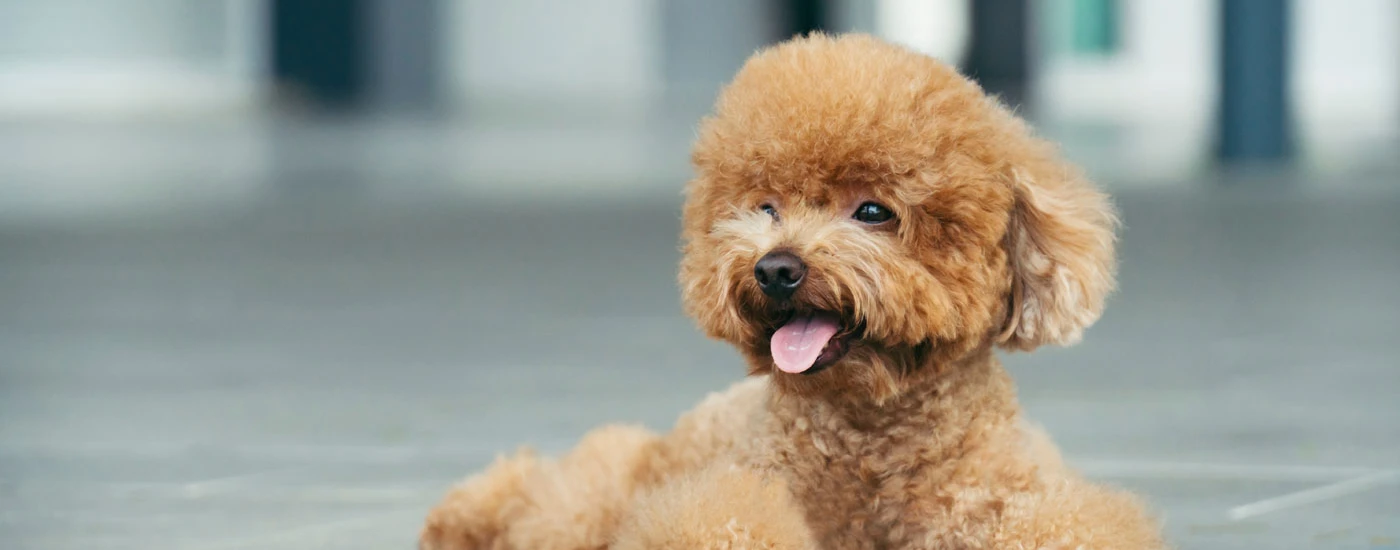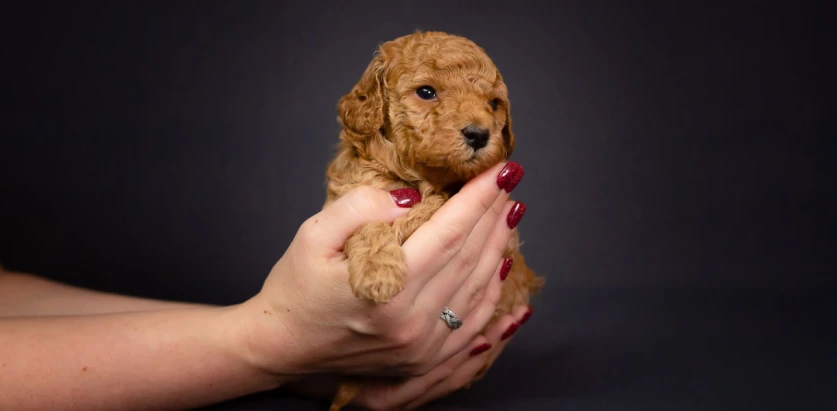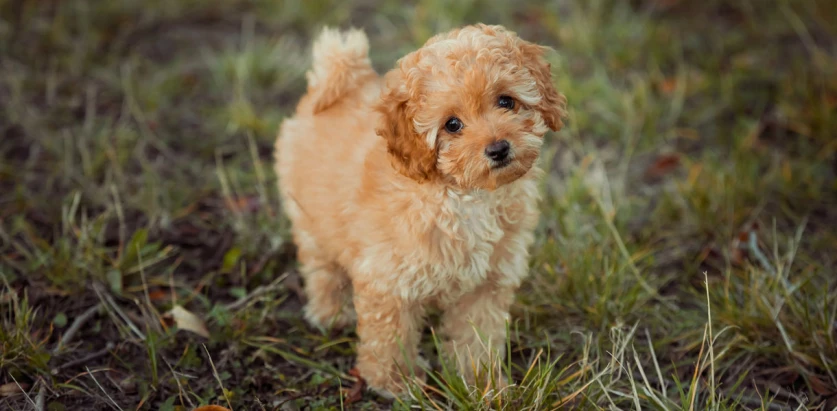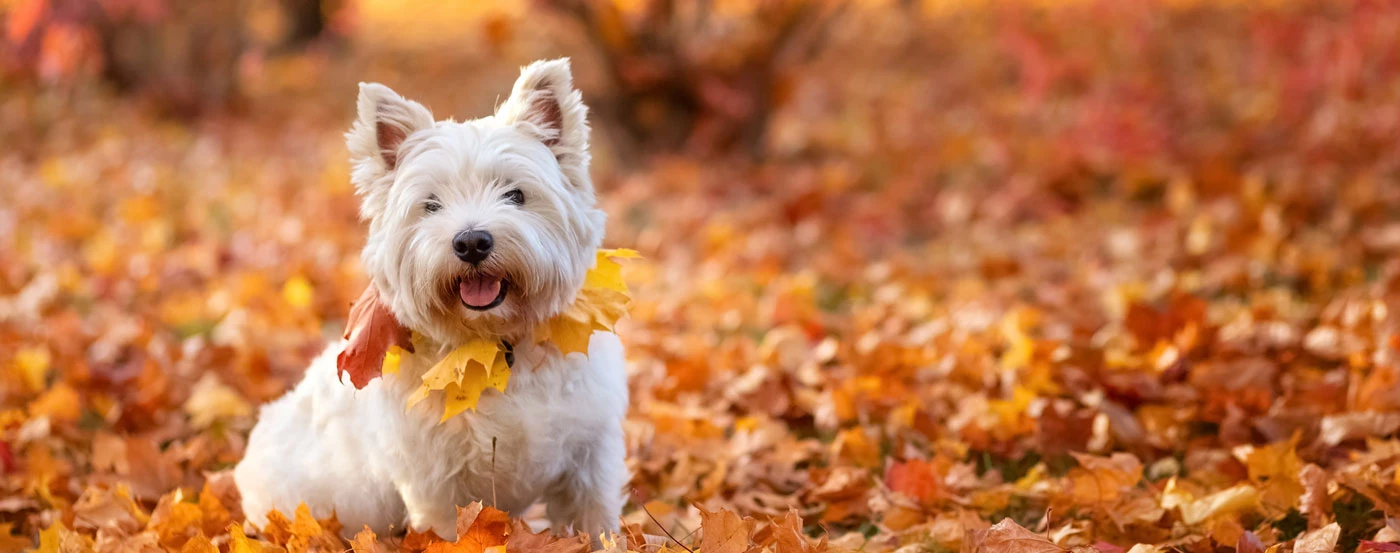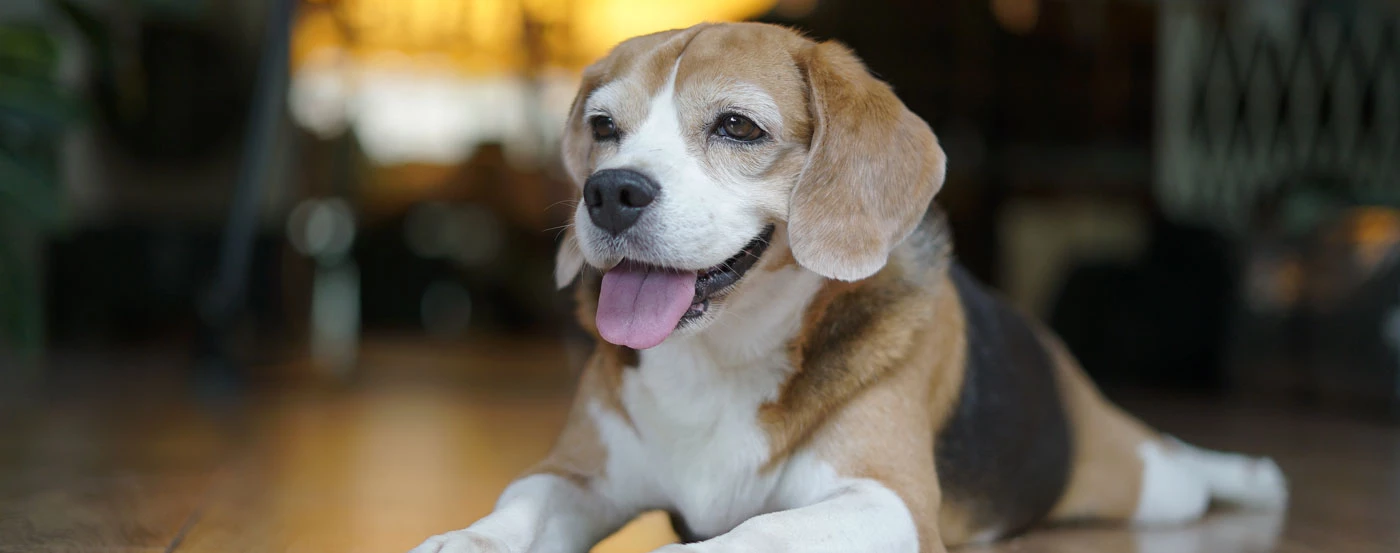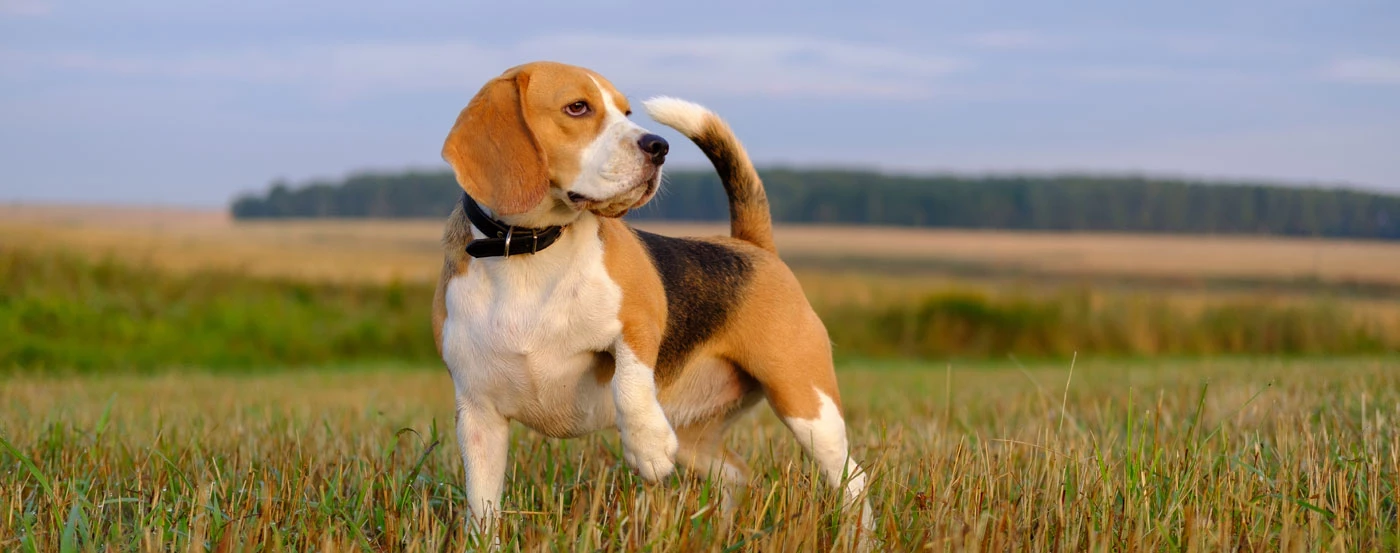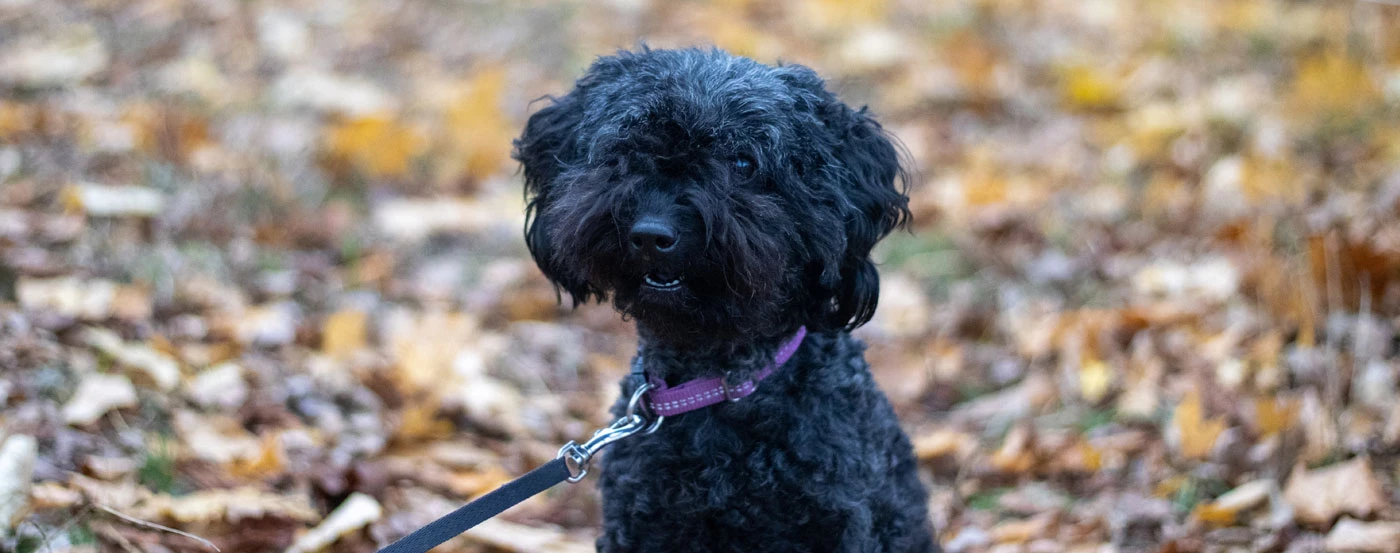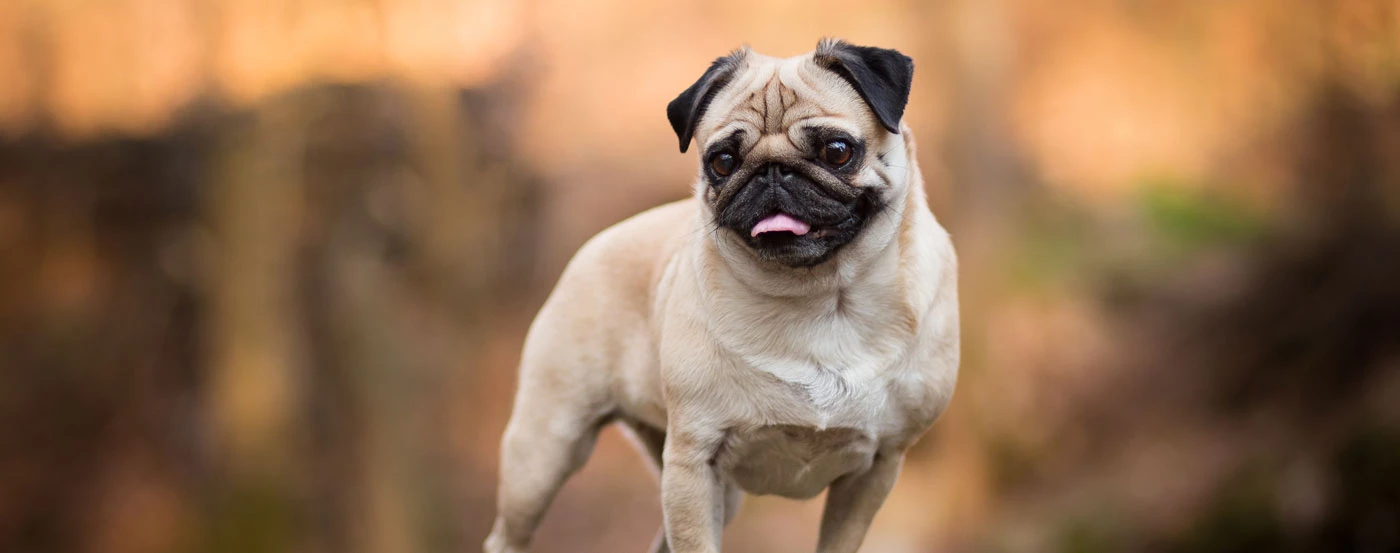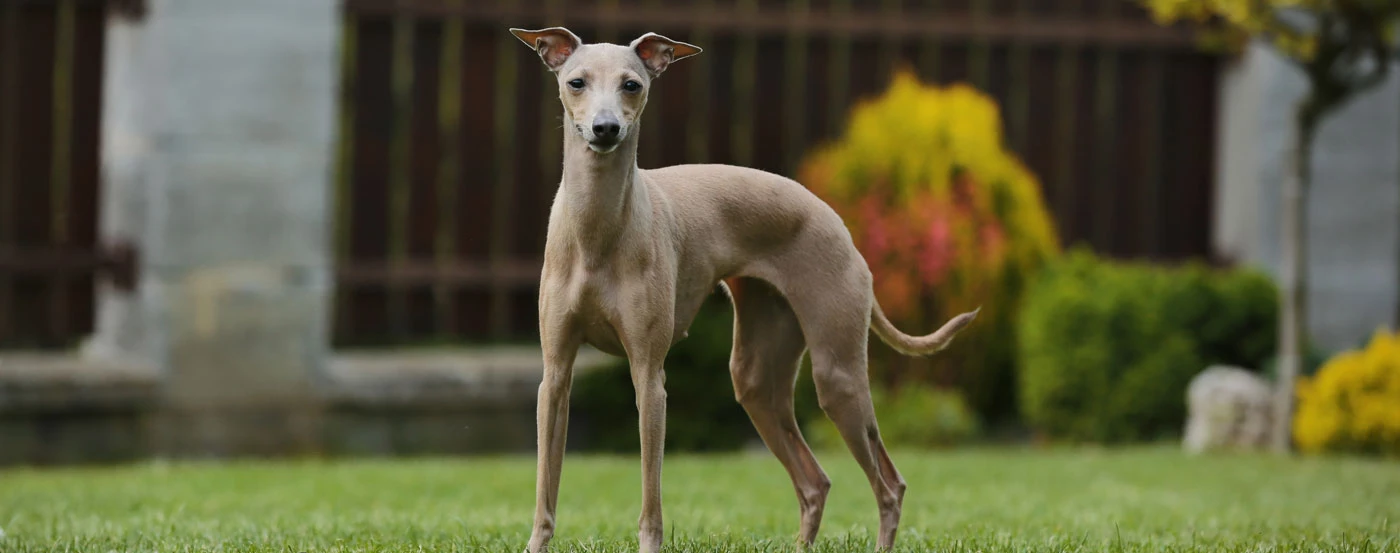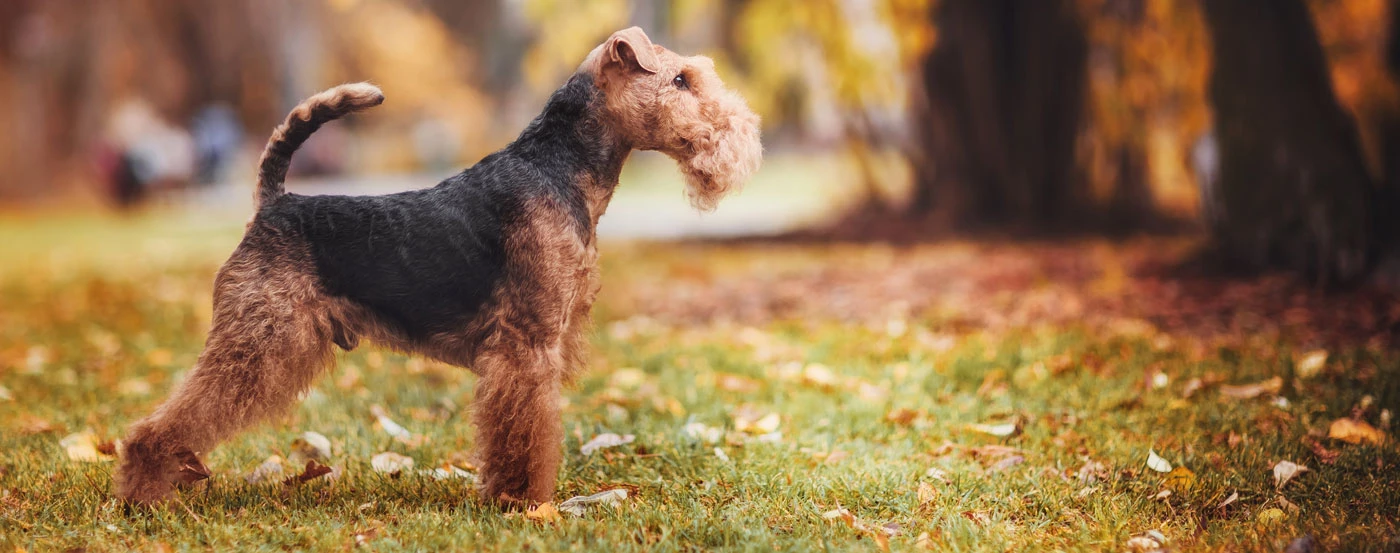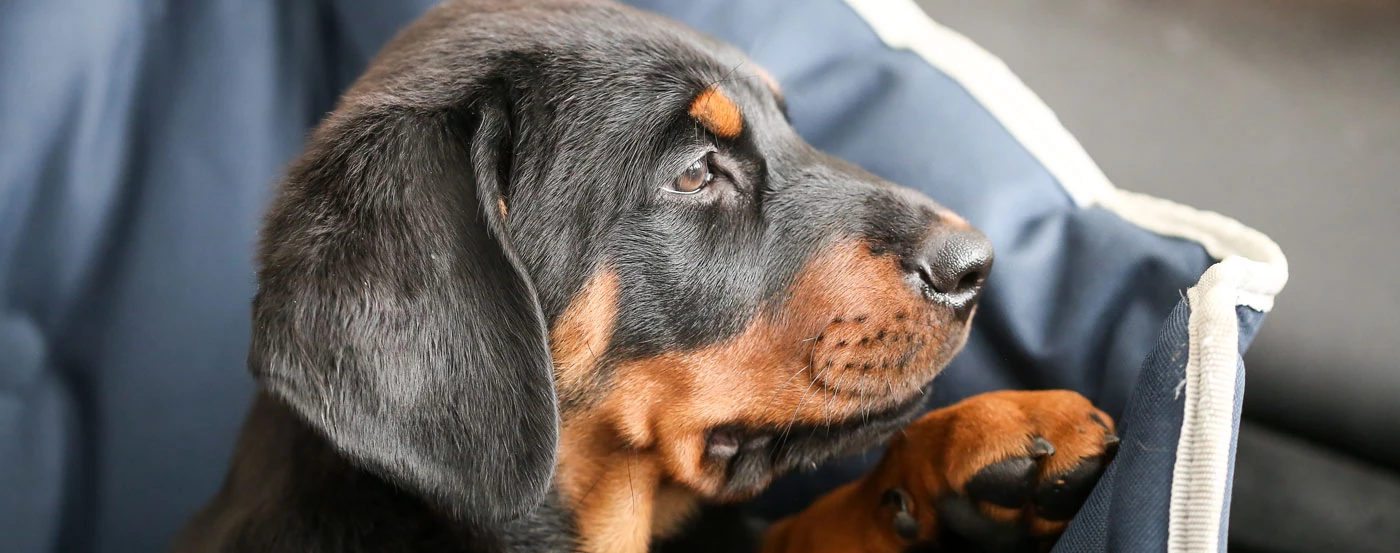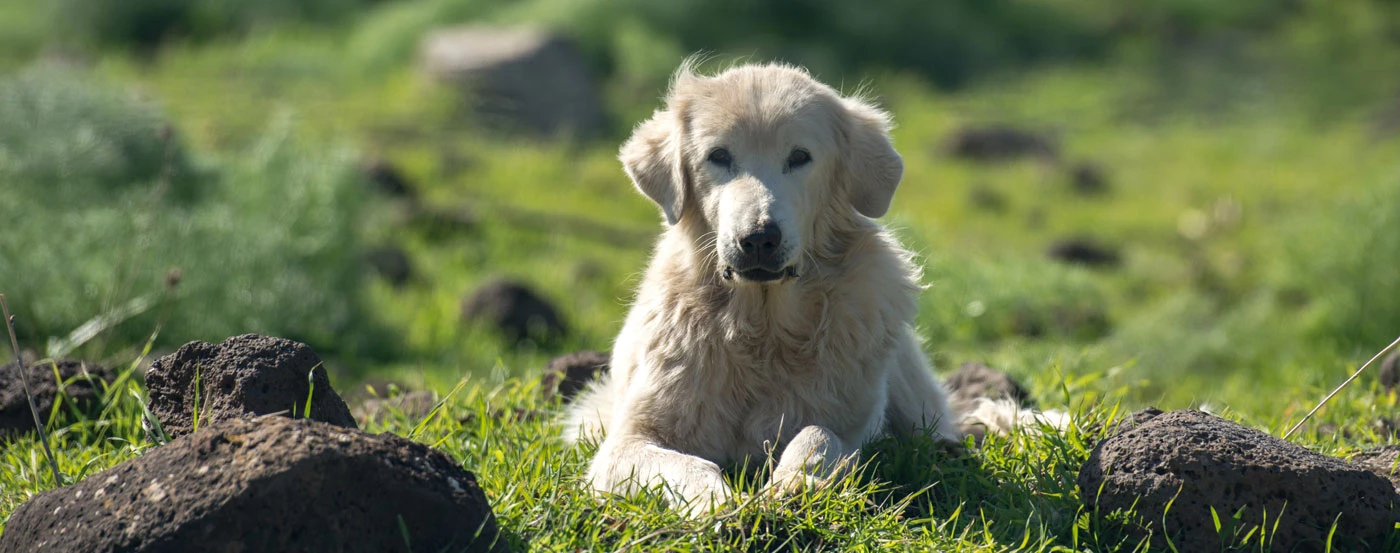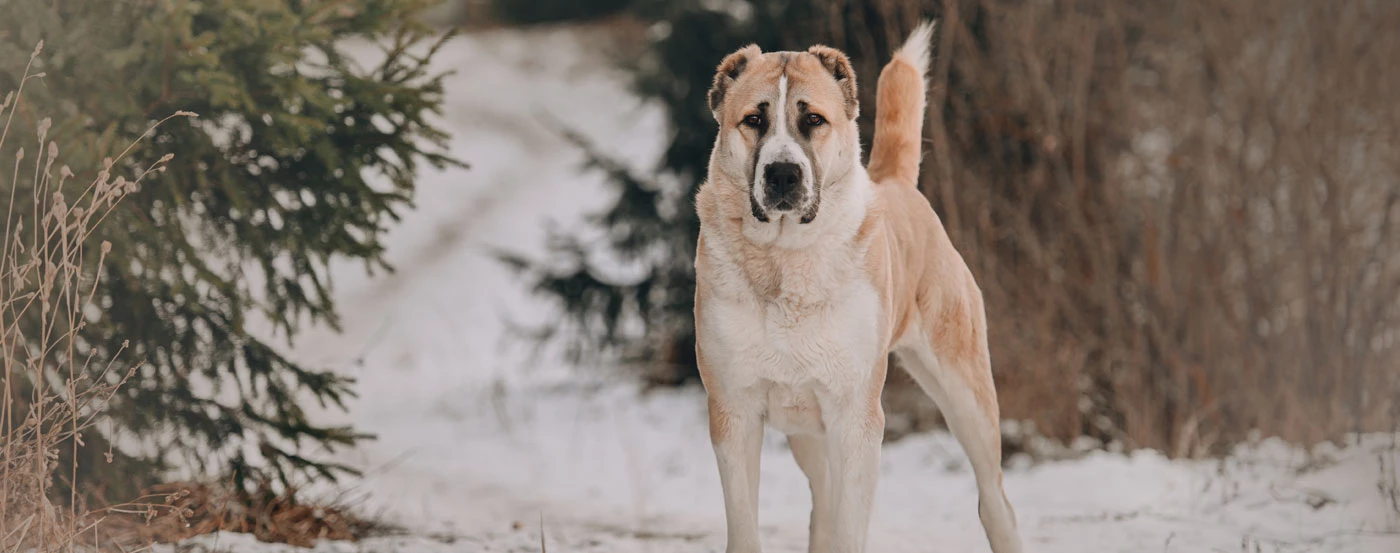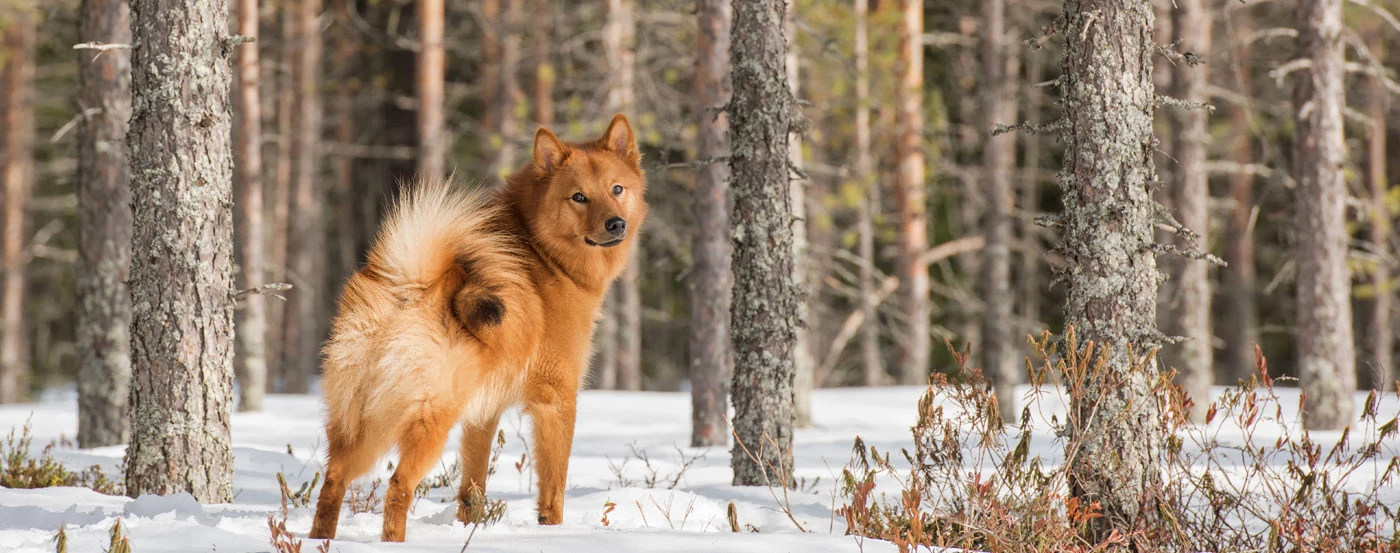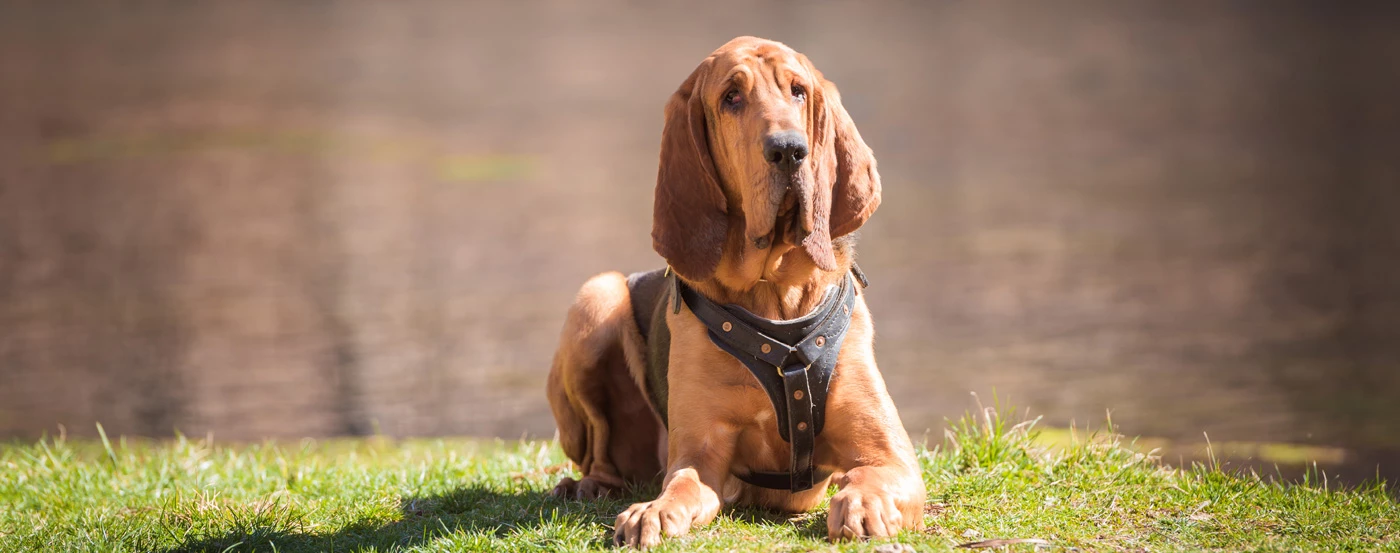About the Toy Poodle
If you're considering a new addition to your family and are looking for something small, cute, and fluffy, a Toy Poodle will be the perfect choice for you.
These miniature Poodles look more like a teddy bear than a pet dog and are intelligent too. This fun and lively breed is ideal for all ages and mixes well with other animals.
If you're interested in Toy Poodles, keep reading for everything you need to know about the breed and how to take care of them. We'll cover everything, including grooming, health, and training.
Toy Poodle Gallery
What is the history & origin of the Toy Poodle?
It's believed that Poodles originate from Germany and were initially bred to be retrievers for hunting waterfowl and ducks. The name derives from the German word meaning 'to splash", which is "Puddeln."
Another school of thought says that Poodles originated from France and were bred from Barbets, a larger dog with similar curly hair that is synonymous with Poodles.
Waterdogs like the Water Spaniel in England, the Barbet in France, and Wetterhoun in the Netherlands were known for retrieving shot game or recovering bolts and arrows from the water.
Poodle sizes vary from the larger Standard Poodle to Medium Poodles, Miniature Poodles, and Toy Poodles. The Toy Poodle dates back to the start of the 20th century when a smaller companion breed was sought after.
Toy Poodles are most commonly bred as companion dogs, but their initial purpose was quite different. They were originally bred to perform acts in the circus and sniff out truffles.
Who are Toy Poodle dogs best for?
Toy Poodles make excellent companion dogs and are great for families. While they get on well with children and other dogs, exuberant play can injure them due to their size.
Because of this, they are more suited to quieter households with older children. Toy Poodles are also hypoallergenic dogs meaning they don't shed and produce less dander, making them a suitable pet for those with allergies.
If you are looking for companionship, you'll be delighted to hear that not only do Toy Poodles look like little Teddy Bears, but they also love to cuddle and are highly affectionate dogs.
How much grooming does a Toy Poodle need?
As we mentioned, a Toy Poodle is an excellent choice for those that suffer from allergies because they don't shed. That being said, they still need to be looked after.
The curly coats are notoriously tricky to trim, so professional dog groomers should be used to avoid the hair growing too long and becoming matted.
You should brush your dog daily and bathe your dog at least every six weeks, which will help with overall coat maintenance.
Do Toy Poodle bark much?
Toy Poodles can be relatively vocal when left alone or if a stranger is in or around the home. They are not aggressive, and training can make a big difference.
They are very social dogs and like to be around people, so if you have to leave them in your home for work or leisure activities, they can bark a bit. Ensuring they are well-exercised prior to this can help as they can use the time to rest and sleep.
Do Toy Poodle bite?
Your Toy Poodle may mouth or nip your hand when younger, which is normal puppy behaviour. It's essential to start training at this age, though. Early training will help your dog understand acceptable behaviours, so when it gets bigger, it understands that it should not do this.
Because of the breed's size, fear of aggression can be a factor if the dog feels threatened. Ensuring your dog is not exposed to stressful situations can help combat anxiety.
What is the temperament & personality of a Toy Poodle?
The temperament of a toy poodle makes them great pets. They are even-tempered, lively dogs that love to play and are great learners. They can be cautious of new people until they become comfortable around them.
What is the weight & size of a Toy Poodle?
Your Toy Poodle will grow and develop quickly for the first three months. After three months, your dog's growth will begin to slow and taper off between nine months and a year.
Males tend to be slightly larger and should be between 1-2kg for the first three months, and females will be slightly lighter.
At around the six-month stage, your dog's weight should be between 1.5-4kg for a male and 1.3-3.2kg for a female.
After a year, your dog should be between 2-5kg for a male and 1.8-4kg for a female. Your dog may grow or build muscle over the course of the next year and should level out after around two years at 2.3-5.3kg for males and 2-4.5kg for females.
The average toy poodle size up to the shoulder should be around 10-13cm at four weeks, 20cm between eight and ten weeks, and 25cm between six months to a year.
It goes without saying that dogs will develop at different rates, and these are just averages. If you have any concerns regarding the size or weight of your dog, visit your veterinarian for more advice.
How much training does a Toy Poodle need?
Training any breed is important for you to enjoy a healthy relationship with your dog. The Toy Poodle is a very intelligent breed making it easier to train.
Positive reinforcement for good behaviour, playtime, and regular walks will all help with mental stimulation, which is needed for a dog like this.
Training your dog about acceptable behaviours from an early age will help shape it into the dog you want when older. Biting, recall, and toilet training are all important aspects to consider when getting a new dog.
What are some of the most common health issues for a Toy Poodle?
Toy Poodles are generally healthy dogs that can enjoy a relatively long life expectancy, the most common health concerns they may suffer from include:
Hip Dysplasia
Progressive Retinal Atrophy
Epilepsy
Addison's Disease
Thyroid Issues
Hypoglycemia
Bloat
Collapsed Trachea
What is the lifespan of a Toy Poodle?
Along with other small dog breeds like Yorkshire Terriers, Lhasa Apsos, Dachshunds, and Chihuahuas, Toy Poodles have the longest life expectancy of any dog of between 18-20 years.
Your dog's life expectancy will depend significantly on its lifestyle and diet, so taking the time to learn how to give your dog a healthy life means you'll be able to share more of yours with it.
How much should you feed a Toy Poodle?
As you might expect for a small breed, feeding your Toy Poodle is relatively affordable when you compare it with a Saint Bernard or Great Dane. They tend to eat smaller portions more regularly to get the energy they need.
When you feed a dog, you'll have a number of choices, from raw food to dry and wet. It's important that your dog stays hydrated, so ensuring they have water if they consume a dry food diet is essential as it only contains between 6-10% moisture.
Wet dog food offers your dog 75% moisture in what they are eating, but you will have to ensure that the food is from a reputable brand to ensure they are getting the nutrients they need.
A raw food diet can improve the health and life expectancy of a dog when providing the best meals.
If you doubt how often or how much your Toy Poodle should be eating for their age, please consult your vet.
What is the price of a Toy Poodle in Australia?
The cost of Toy Poodle puppies in Australia will differ depending on the breeder, sex of the puppy, and colour. On average, you can spend anywhere from $1,200 to $2,000. However, some prices can go as high as $5,000.
If you get the opportunity to purchase a dog for a very low price, it could be that it isn't a full Toy Poodle or that it's from an unlicensed puppy farm. This is not an ethical option, and the dog may have health issues.
Pros
- Very social
- Long lifespan
- Highly intelligent
Cons
- High grooming needs
- Some can be vocal
- Might be expensive
